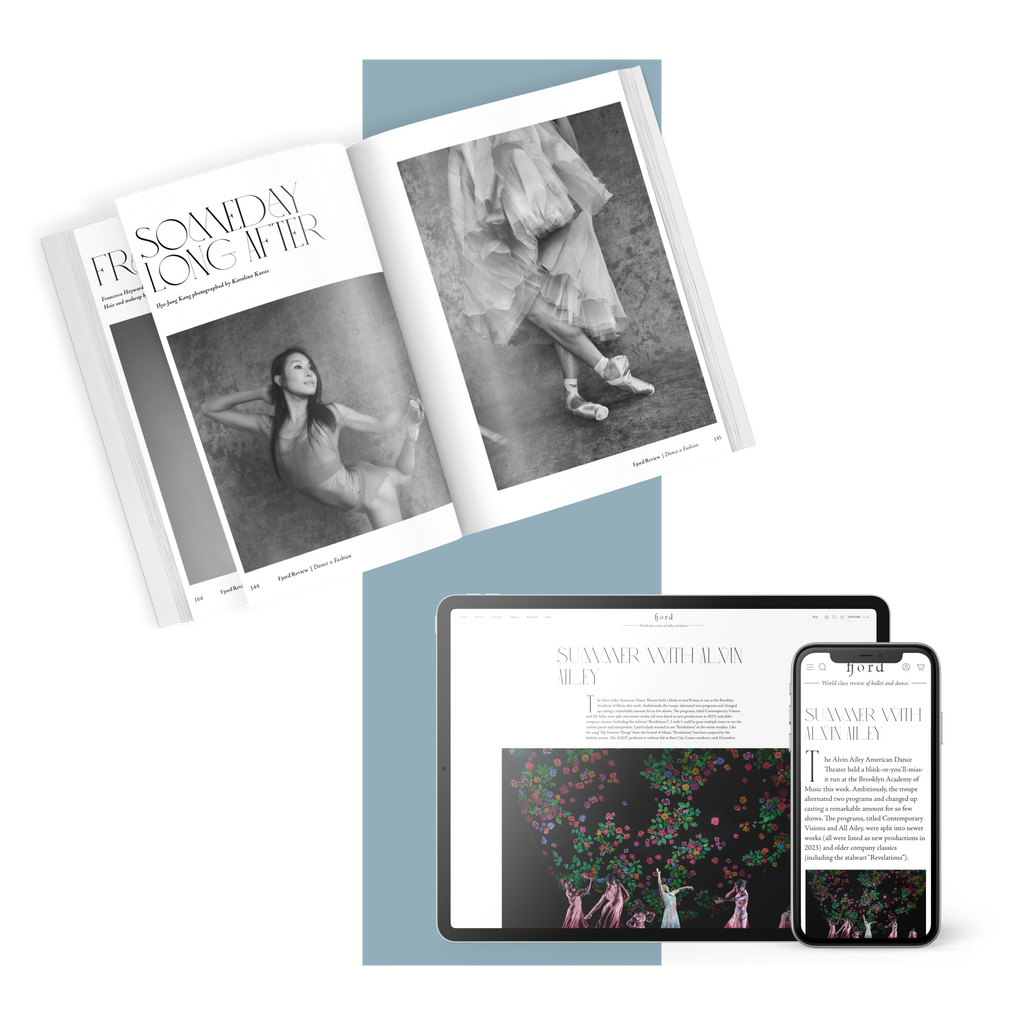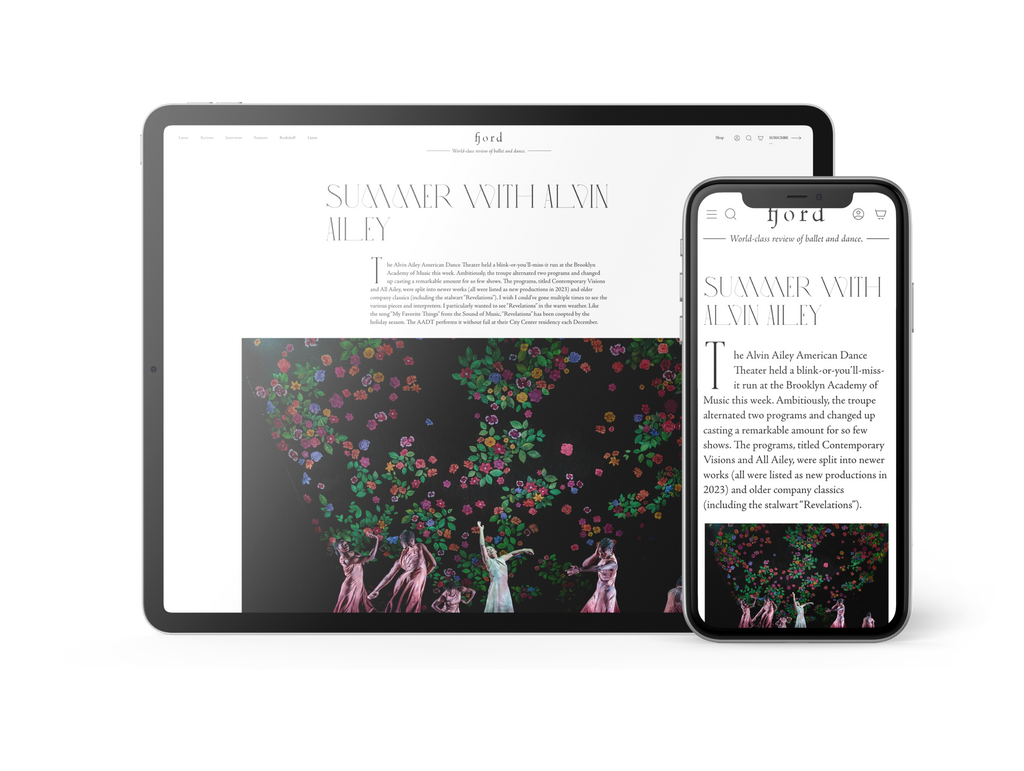Through “Cacti,” Ekman is making a sharpened comment on the role of the critic and the overblown language criticism employs. Using humour, clever observation, and refinement, the work is as pointed in its execution as the very cacti that populate the stage, and there in lies the rub: as I attempt to wrangle comment on this piece, performed as part of Sydney Dance Company’s double bill, “CounterMove,” I cannot do so without feeling like Flora Poste. Where Gibbons gave us dawns that do not merely rise, but creep “over the Downs like a sinister white animal, followed by the snarling cries of a wind eating its way between the black boughs of the thorns,”[note]Robert Macfarlane, “Landscapes of the Mind: Something Wicked in the Woodshed,” The Economist September/October 2015 [/note] it is tempting to follow suit.
The novelist Robert Macfarlane, as a way of staying honest, runs his prose through the Cold Comfort Test: “would Gibbons have mocked this paragraph?” So, too, am I, as I re-weigh the already weighed and wonder: am I sounding like Ekman’s imaginary, yet drawn from life, “artsy-fartsy blah blah blah”[note]Valerie Lawson, “Interview: Alexander Ekman, Director/Choreographer, on Cacti and other things,” DanceTabs, February 17, 2016 [/note] critic in “Cacti?” Once you open yourself up to the joys of parody, hackneyed phrases trip off the tongue. And much like the voiceover throughout “Cacti,” we are all jargon-littering pomposities, guilty of over-writing.
Ekman’s self-proclaimed random selection of the cacti as the object all sixteen dancers engage with makes Gibbons’ Mr. Mybugs of us all, seeing “phallic symbols” in nature. But in this case, the role of the cacti is the role of Duchamp’s bottle rack. They are a (spike-sporting) metaphor for existentialism. In the end, our heard-but-not-seen, all-too-familiar critic is shown to know little as he tries to find the end of the work—“Is this the end? Yes, I think this is the end. It must be the end. Yes, it’s the end.” For in the end—the audience, like the critic, like Ekman, like the dancers—we none of us know anything.
Touching on Samuel Beckett’s Theatre of the Absurd, unsettling our grasp of familiar things, this existentialism with cacti (“Don’t mention the cacti”) is very funny. Reason pushed to where it becomes irrational so often is—“Do not come down the ladder, I have taken it away.” This serious lightness is epitomised in a duet between Charmene Yap and Bernhard Knauer (replete with a dead, mercifully stuffed cat, which I chose later to see reincarnated in the tomcat’s prowl of newcomer, Nelson Earl, in “Lux Tenebris”).
Knowing, a requirement of all good caricature, and playful in its delivery, “Cacti’s” absurdist light weaves an actual string quartet through its gridded composition. Schubert’s Death and the Maiden holds all in high balance, and prepares us for the descent into Rafael Bonachela’s new work, “Lux Tenebris,” our anticipated counterweight.
“Lux Tenebris” takes place in the shadows. One part Bill Henson figures illuminated by headlights or streetlamps, to one part Dark Renaissance painting, Bonachela deliberately places us in the dark, unsettling our vision and the clarity of forms.
In something of a twilight zone, whether you choose to place the dancers on a local footy oval at the end of night-time practice or within the confines of a cave illuminated by fireflies resting upon stalactites is up to you. It, like “Cacti,” remains unhooked to a singular meaning. Where “Cacti” gave us the juxtaposition of known forms to celebrate the absurd, “Lux Tenebris” straddles the meeting point between urban civilization and nature. The sense of a painterly tableau is enhanced by the stage and lighting design of Benjamin Cisterne. To this, Nick Wales’ score layers “elements … of Pluto’s atmosphere, Monks in Seoul, the sound of beehives, archaic Ethiopian religious processions …. infer[red with] the sound of underground electronica.”[note]Nick Wales, “Composer’s Note,” “CounterMove” programme, Sydney Dance Company, Melbourne, Victoria, 2016, 16.[/note]
With their forms illuminated chiefly from varied points above, the dancers are in compositional contrast to the black ground, a perfect study in chiaroscuro modelling. They fade in and out of the boundaries created by the light (or gnawed at by the shadows, your standing dependent). What you see, of course, depends upon where you look, and with so much happening, parts will be missed, just as edges dissolve into darkness. The pas de deux by Yap and Todd Sutherland embodies all the drama of Caravaggio’s tenebrism, where dark obscures what light reveals. Together, Yap and Sutherland magnify the gritty natural. As Sutherland appears to raise Yap high in the air, his hands either side of her face, it is only when you look closely that you realise that in order to achieve this fantastical feat not on canvas, but on stage, with all the weight of the body responding to gravity, that Yap is holding herself in this position. With a firm grip on his forearms, she is pushing herself upward, while her legs move from a straight line, to full forward extension, and finally an embrace that seems to read downward. To go down, go up, springs to mind, as I marvel at their prowess. And when later repeated, my eyes, my head, are once more fooled.
My eyes strain to adjust before making new lines and filling in the gaps. Deprived of one of the senses we most rely upon, particularly where dance is concerned, that of sight, new pathways are forged. Sound reverberates through my chest as I navigate my way through the visceral twists and turns. Exploring the unknown, bodies fall into shapes. Juliette Barton becomes a Lois Greenfield photograph, momentarily suspended in the air.
Like all art, once it leaves the studio, it is open to interpretation. Visual guides can be put in place, a course mapped out, but how you feel about what you see is entirely up to you. This is the beauty of art and subjectivity. You do not need to be told how you should respond to a piece for there are no wrong or right answers here. A cactus can be just a cactus. A cactus can be a metaphor. A metaphor spot lit by a single flame. A single flame flickering in a primal, high speed, subterranean world … “careful now,” whispers Flora Poste.




comments